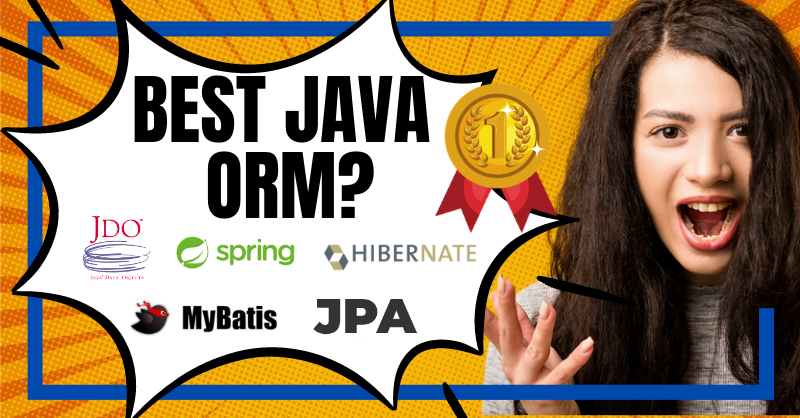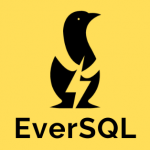This post's content
Overview
ORM stands for "Object-Relational Mapping." It is a technique that allows a software program to access and manipulate data stored in a database management system (DBMS) using objects. Some popular JAVA ORM frameworks include:
- Hibernate
- Spring Data JPA
- EclipseLink
- MyBatis
- And many more
Choosing the right ORM for you depends on the programming language being used and the specific needs of the project.
How to know if you should use ORM framework, or Native SQL (aka SQL) in your code?
The choice between using an object-relational mapping (ORM) framework and native SQL will depend on the specific needs of your project and the preferences of your development team. Here are some pros and cons of each approach:
Pros of using an ORM framework
- ORM frameworks simplify the process of interacting with a database. They allow developers to work with data using objects, rather than having to write SQL queries.
- ORM frameworks can help improve the maintainability of an application. They can provide a higher-level abstraction over the database, which can make it easier to change the underlying database schema without breaking the application.
- ORM frameworks can improve the portability of an application. They can abstract away the differences between different database systems, making it easier to switch between databases if needed.
Pros of using Native SQL/JDBC
- Native SQL can be more performant than using an ORM framework. In some cases, hand-crafted SQL queries can be more efficient than those generated by an ORM.
- Native SQL can be more flexible than using an ORM framework. It allows developers to have more control over the queries being executed, which can be useful in complex or specialized situations.
ORM frameworks creators?
Most ORM frameworks are open-source projects. Most of them are licensed under the GNU Lesser General Public License (LGPL), which is a free software license that allows developers to use, modify, and distribute Hibernate without charge. The source code for different frameworks are available on GitHub, and developers are welcome to contribute to the project.
Many companies and organizations contribute to open-source object-relational mapping (ORM) frameworks. Here are a few examples:
- Red Hat: It is a major contributor to the Hibernate ORM framework for Java and the Django ORM for Python.
- Microsoft: It is a major contributor to open-source projects, including the Entity Framework ORM for .NET.
- Facebook: It has contributed to the Doctrine ORM for PHP, as well as other open-source projects.
- Google: It is a major contributor to open-source projects, including the SQLAlchemy ORM for Python.
Java ORM Frameworks overview
JPA
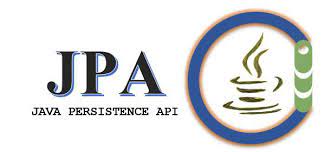
JPA, is a specification for an ORM framework that is defined by the Java Community Process (JCP), and not an open source project.
Hibernate vs JPA?
Here are some key differences between Hibernate and JPA:
- Hibernate is an implementation of the JPA specification, while JPA is a specification for ORM in Java. JPA defines a set of standard APIs for accessing and persisting data in a database using Java objects, while Hibernate is a specific implementation of those APIs.
- Hibernate provides additional features beyond those defined in the JPA specification. It supports a wider range of databases and provides additional mapping and query capabilities. JPA, on the other hand, is a relatively lightweight standard that defines a minimal set of APIs for ORM.
- Hibernate has a more flexible architecture than JPA, as it allows developers to customize the ORM process more extensively. JPA, on the other hand, requires developers to follow certain patterns and conventions.
Spring Data JPA vs JPA?
Here are some key differences between Spring Data JPA and JPA:
- Spring Data JPA is a framework, while JPA is a specification. Spring Data JPA is an implementation of the JPA specification that is provided as part of the Spring Framework.
- Spring Data JPA provides additional features beyond those defined in the JPA specification. It includes a repository abstraction layer that simplifies the process of building data access layers, as well as support for query creation and execution.
- Spring Data JPA is designed to work seamlessly with the Spring Framework. It integrates with other Spring features such as dependency injection and transaction management, which can make it easier to build data-driven applications using Spring.
JDO vs JPA?
JDO (Java Data Objects) and JPA (Java Persistence API) are both Java APIs for accessing databases and persisting objects in a Java application. However, there are some key differences between the two:
- JDO is a specification for accessing data stored in a datastore, while JPA is a specification for mapping Java objects to relational database tables.
- JDO provides a lower-level API for interacting with the datastore and requires developers to write more code to persist and retrieve objects, while JPA provides a higher-level API and generates much of the necessary code automatically.
- JDO supports a wider range of datastores, including object-oriented databases, while JPA is primarily geared towards relational databases.
- JDO has a smaller user base and may have less support and resources available compared to JPA.
Hibernate

Hibernate is an open-source object-relational mapping (ORM) framework for the Java programming language. It is licensed under the GNU Lesser General Public License (LGPL), which is a free software license that allows developers to use, modify, and distribute Hibernate without charge. The source code for Hibernate is available on GitHub, and developers are welcome to contribute to the project.
Here are some pros and cons of using Hibernate:
Advantages of using Java Hibernate
- Hibernate simplifies the process of storing and retrieving data from a database. It allows developers to work with data using objects, rather than having to write SQL queries.
- Hibernate supports a wide range of databases, including MySQL, PostgreSQL, and Oracle.
- Hibernate provides a number of performance optimization features, such as caching and lazy loading, which can help improve the performance of an application.
- Hibernate has a large and active community of users, which means that there is a wealth of knowledge and resources available online.
Disadvantages of using Java Hibernate
- Hibernate can be difficult to learn and use, especially for developers who are not familiar with Java.
- Hibernate can be slower than using native SQL because it has to translate the object-oriented queries into SQL and send them to the database.
- Hibernate can generate a lot of code, which can make it difficult to maintain and debug.
Companies and projects that use Hibernate
- Red Hat, the company behind the JBoss application server, which uses Hibernate as its default ORM.
- Spring Framework, a popular open-source application development framework for Java, which includes support for Hibernate out of the box.
- Apache OFBiz, an open-source enterprise resource planning (ERP) system, which uses Hibernate to store data in a database.
- Apache Syncope, an open-source identity management system, which uses Hibernate to store data in a database.
Additional companies that use Hibernate:
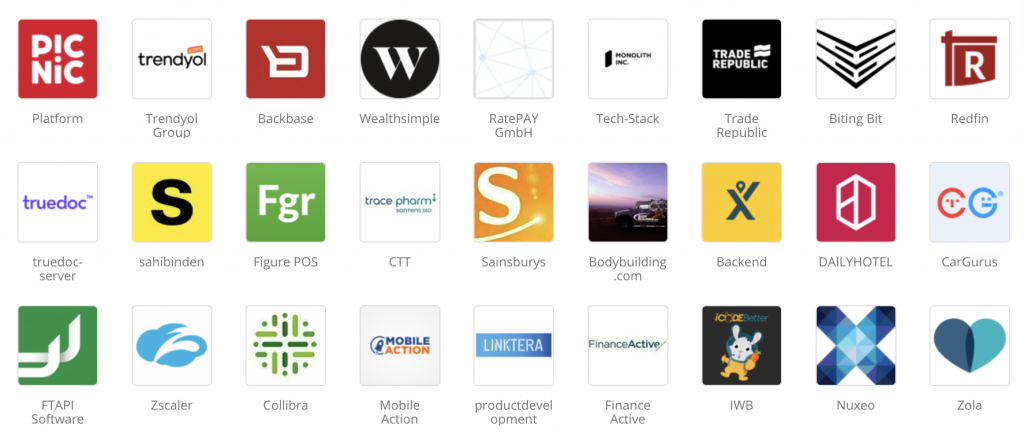 Source:stackshare
Source:stackshare
Hibernate alternatives for Java based developers
- EclipseLink: EclipseLink is a comprehensive ORM solution that is used by many Java developers. It is the reference implementation of the Java Persistence API (JPA), which is a standard for ORM in Java.
- MyBatis: MyBatis is a popular ORM framework that is known for its simplicity and flexibility. It allows developers to map Java objects to SQL statements and vice versa.
- Spring Data JPA: Spring Data JPA is a part of the Spring Framework, which is a popular application development framework for Java. It is built on top of the Java Persistence API (JPA) and provides a simple and powerful way to access data from a database.
Methods to speed up slow Hibernate based applications
There are several ways to improve the performance of a Hibernate-based application:
- Use appropriate fetch strategies: Hibernate offers several fetch strategies that can be used to optimize the loading of related objects. Using the right fetch strategy can help reduce the number of database queries and improve performance.
- Use second-level caching: Hibernate supports caching of frequently accessed data, which can significantly improve the performance of an application.
- Use a performance-optimized database: Hibernate is designed to work with a wide range of databases, but some databases may perform better than others. Choosing a database that is optimized for performance can help improve the overall performance of a Hibernate-based application.
- Use appropriate data types: Hibernate allows developers to map Java data types to database column types. Using appropriate data types can help improve the performance of database queries.
- Use batch processing: Hibernate supports batch processing of database operations, which can help improve the performance of an application by reducing the number of database round-trips.
Spring Data JPA
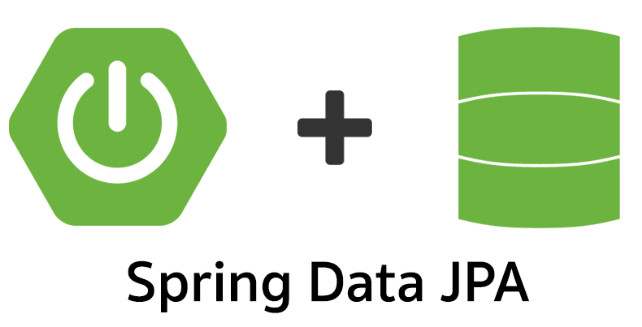
Until recently, implementing a data access layer of an application was quite difficult. There is too much boilerplate code involved in executing simple queries, performing pagination, and auditing. Using Spring Data JPA, you can significantly simplify the implementation of data access layers by reducing the amount of effort required. Spring will automatically implement your repository interfaces, including custom finder methods, as you write them.
Spring Data JPA Features
- Support for Querydsl predicates and thus type-safe JPA queries
- Transparent auditing of domain class
- Pagination support, dynamic query execution, ability to integrate custom data access code
- Validation of @Query annotated queries at bootstrap time
- Support for XML based entity mapping
- JavaConfig based repository configuration by introducing @EnableJpaRepositories.
MyBatis

MyBatis is an open-source object-relational mapping (ORM) tool that is used to persist objects in a Java application to a database.
With MyBatis, you can create custom SQL queries, stored procedures, and advanced mappings. Almost all JDBC code is eliminated with MyBatis as well as manual parameter settings and results retrieval. For configuration, MyBatis uses XML or annotations, and maps primitives, Map interfaces, and Java POJOs (Plain Old Java Objects) to database records.
MyBatis is a good choice if you need a lightweight and simple data access layer and you are comfortable writing SQL queries manually. It may not be the best choice if you need a more fully featured ORM tool with support for advanced features.
Advantages of using MyBatis
- Provides a simple and flexible data access layer
- Allows you to write SQL queries manually, giving you full control over the queries that are executed
- Supports a wide range of database
- Provides a high level of performance
Disadvantages of using MyBatis
- Requires you to write SQL queries manually, which can be time-consuming and may lead to maintenance issues
- Does not provide as much support for object-relational mapping as some other ORM tools
- Does not support some advanced features, such as caching and lazy loading, out of the box
Companies and projects that use MyBatis

Methods to speed up slow MyBatis based applications
There are several ways you can try to speed up a slow MyBatis application:
- Use prepared statements: Prepared statements can improve performance because they are precompiled by the database, and they can be executed multiple times with different parameter values without being recompiled.
- Use batch updates: Batch updates can improve performance by reducing the number of round trips to the database.
- Use caching: MyBatis has a built-in caching mechanism that can be used to cache frequently used queries and their results. This can improve performance by reducing the number of queries that need to be executed.
- Optimize your SQL queries: Make sure your SQL queries are optimized for the database you are using. This can involve things like proper indexing, using efficient query plans, and avoiding unnecessary data retrieval. a popular tool for query optimizations is EverSQL.
- Use connection pooling: Connection pooling can improve performance by allowing your application to reuse connections to the database, rather than creating a new connection each time a query is executed.
- Use a profiler: Use a profiler to identify bottlenecks in your application and target those areas for optimization.
- Use a load balancer: If you have a large number of users or a high volume of requests, you may want to consider using a load balancer to distribute the load across multiple servers.
EclipseLink

EclipseLink is a powerful object-relational mapping (ORM) tool that is part of the Eclipse Foundation's enterprise Java tooling.
EclipseLink is an open-source object-relational mapping (ORM) tool that is part of the Eclipse Foundation's enterprise Java tooling. It is licensed under the Eclipse Public License (EPL), which is a popular open-source license that allows users to freely use, modify, and distribute the software. EclipseLink is developed as part of the Eclipse Foundation's commitment to open-source software and is available for download and use at no cost.
Advantages of using EclipseLink
- Supports a wide range of databases
- Provides advanced features such as caching, lazy loading, and change tracking
- Offers a high level of performance and scalability
- Provides support for advanced mapping scenarios, such as inheritance and embeddable objects
Disadvantages of using EclipseLink
- May have a steep learning curve for developers who are new to ORM tools
- May require more setup and configuration than some other ORM tools
- May not be as widely used as some other ORM tools, which can make it more difficult to find support and resources
JDBC
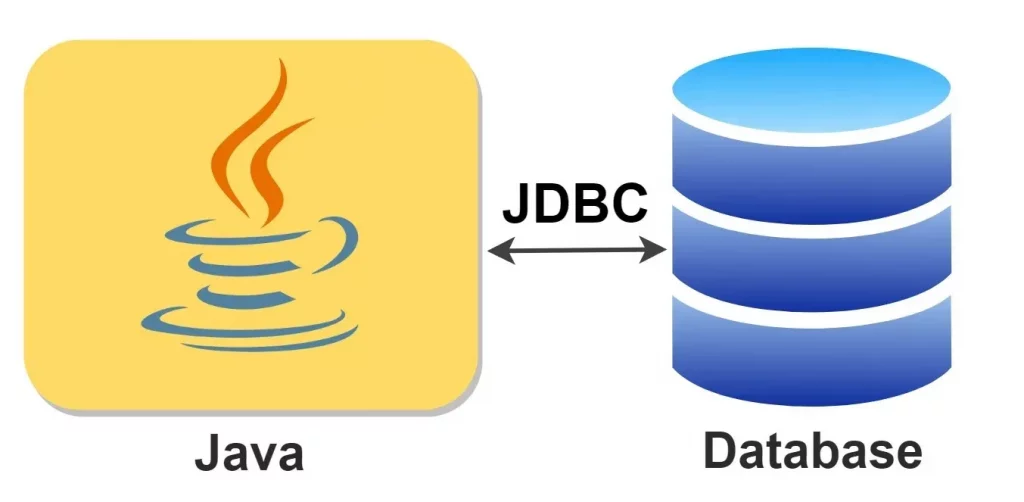
JDBC (Java Database Connectivity) is a Java API for accessing databases. It provides a set of Java classes and interfaces for establishing a connection to a database, executing queries and updates, and processing the results. JDBC is a low-level API that allows developers to write code that interacts directly with a database using SQL.
JDBC vs JAVA ORM?
One key difference between JDBC and Java ORM is that JDBC is a lower-level API that requires developers to write more code to interact with the database, while ORM tools provide a higher-level abstraction that can simplify the development process. ORM tools can also improve the performance and scalability of an application, as they handle tasks such as connection pooling and caching automatically. However, ORM tools can also introduce additional complexity and can have a performance overhead, as they generate and execute SQL statements dynamically.
Summary
Today, Hibernate is the most popular Java ORM, but as we said above, all ORM frameworks have pros and cons, and many companies choose instead to use Native SQL with JDBC.
When choosing an ORM tool, it is important to consider the specific needs of your project, including the type of database you are using, the complexity of your data model, and the level of performance and scalability you need. It is also a good idea to consider the resources available to your project, such as the experience of your team and the amount of time and effort you are willing to spend on integrating and maintaining the ORM tool.
